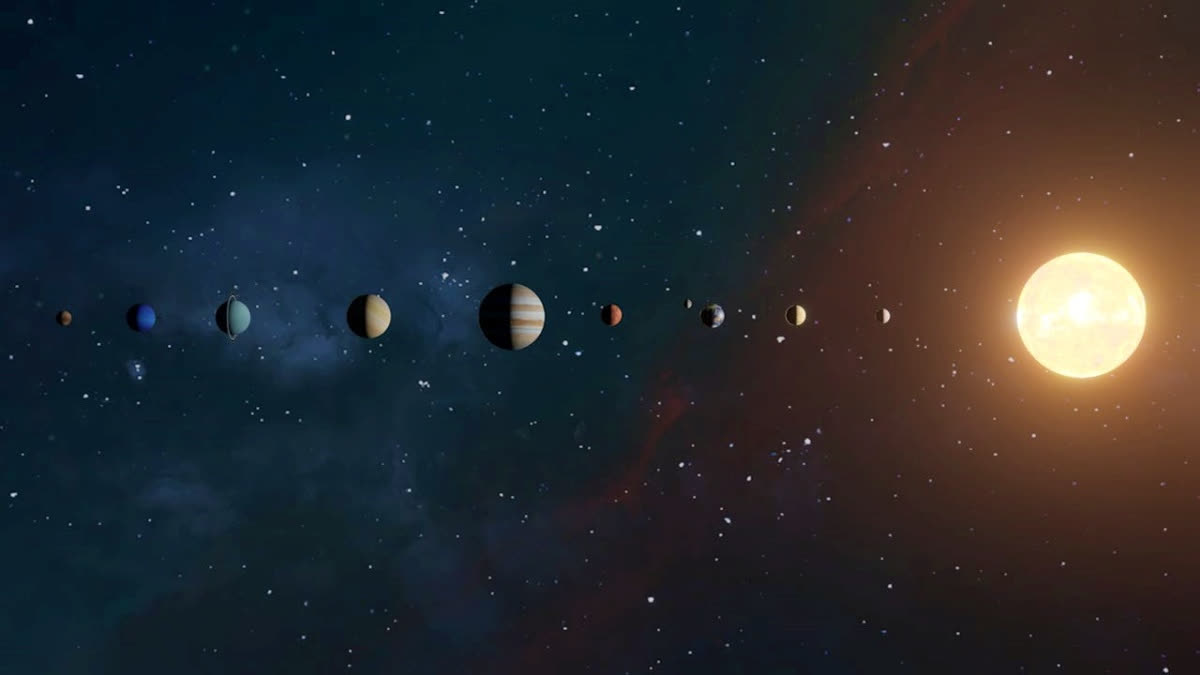As 2025 begins, the night sky has a celestial treat in store for us, a rare planetary parade. This stunning event occurs when several planets in our solar system appear together in the night sky. From January 21, 2025, and for about four weeks afterward, six planets (Venus, Mars, Jupiter, Saturn, Neptune, and Uranus) will be visible. While Venus, Mars, Jupiter, and Saturn can be seen with the naked eye, you’ll need a telescope to catch Neptune and Uranus, according to reports by NASA (The National Aeronautics and Space Administration) in the US.
What Is A Planetary Parade?
A planetary parade (formally known as a planetary alignment) happens when four or more planets appear close together in the sky. While they won’t line up perfectly, they’ll be on the same side of the sun, creating a spectacular view.
Best Viewing Dates
Mark your calendar for the week of January 29, 2025, when the new moon will ensure a darker sky, making it easier to spot even the faintest planets like Neptune and Uranus. The alignment remains visible nightly until late February, but your best chance for a perfect view is during the new moon.
When And Where To Watch
In India, the best time to view this planetary alignment will be after sunset, around 8:30 pm. Start looking westward as soon as it gets dark. Venus, Saturn, and Neptune will be close to the horizon and visible until about 11:30 pm, so make them your first priority. Mars, Jupiter, and Uranus will stay in the sky a bit longer, with Mars finally setting just before sunrise. To fully enjoy the view, head to a location away from city lights. Rural areas or hill stations offer the clearest skies for stargazing.
Special Highlights For February 2025
By late February, Mercury will join the line-up, increasing the parade to seven planets. This expanded view will be best seen right at sunset. However, Mercury’s proximity to the sun makes it a bit tricky to spot, so exercise caution when observing through a telescope.
Do I Need Special Equipment?
For most of the planets (Venus, Mars, Jupiter and Saturn) your eyes alone will suffice if you’re in a dark, clear location. To see Neptune and Uranus, you’ll need a telescope with at least an 8-inch aperture, says NASA experts. Saturn (with its iconic rings) is a must-see through any telescope, and with 25x magnification, you can fully appreciate its beauty. If you’re planning to view all seven planets at the end of February, invest in UV-protective lenses to safeguard your eyes, as some planets will appear close to the sun.
Helpful Tools For Stargazing
Locating planets can be tricky, especially for Neptune and Uranus. Use apps like Star Walk 2 or Stellarium (available on Android and iOS) to pinpoint their positions. Grab a blanket, a telescope (if you have one), and find a quiet spot under the night sky in the coming weeks.
Read more:



